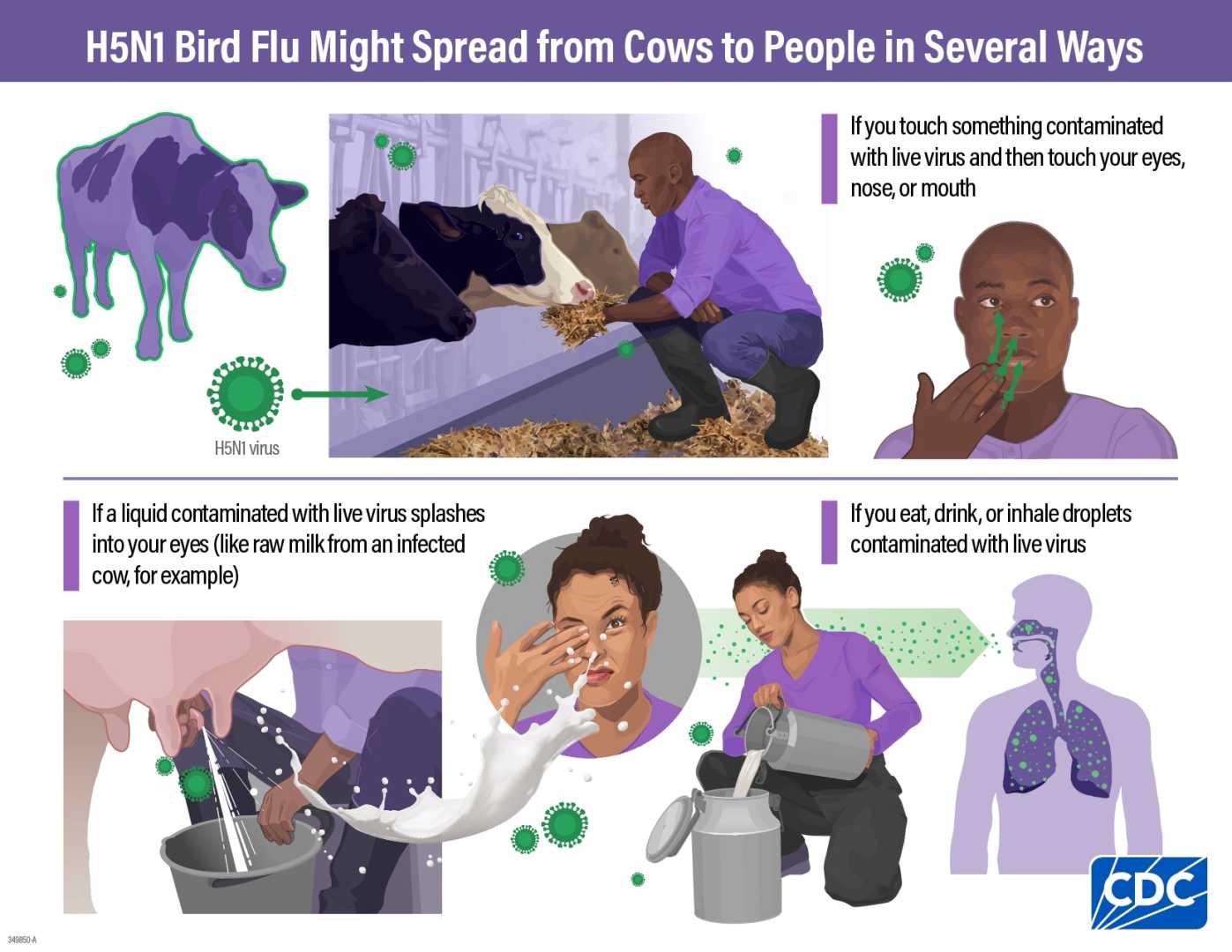Health
First Human Case of H5N1 Bird Flu Detected in Canada, U.S. Dairy Farmers on High Alert

A significant health alert has been issued following the detection of the first human case of H5N1 avian influenza in Canada. A teenager from the Fraser Health region in British Columbia has tested presumptive positive for the H5N1 virus, marking the first such case in both British Columbia and Canada.
The positive test was conducted at the BC Centre for Disease Control’s Public-Health Laboratory, and samples are being sent to the National Microbiology Laboratory in Winnipeg for confirmatory testing. The infected individual is receiving care at BC Children’s Hospital in Vancouver. Public health officials are conducting a thorough investigation to determine the source of exposure and are following up with contacts who may have been exposed to assess for symptoms and provide guidance on testing and prevention measures.
In the United States, concerns are also rising among dairy farmers due to the spread of the H5N1 virus. The virus, known as Highly Pathogenic Avian Influenza (HPAI), has been detected in dairy cows and has the potential to infect dairy workers. According to a recent CDC study, workers at infected farms in Michigan and Colorado have tested positive for the virus, often with mild symptoms such as conjunctivitis or no symptoms at all.
The CDC has emphasized the importance of workplace health and safety plans for workers exposed to infected animals or their byproducts. This includes providing personal protective equipment (PPE) and training on its safe use, particularly in high-exposure settings such as milking parlors on farms with infected animals.
Prevention measures recommended include watching for symptoms of influenza-like illness after exposure to sick or dead animals, staying home and away from others if symptoms appear, and informing healthcare providers about potential exposure to avian influenza. The global spread of H5N1 since 2022 has highlighted the virus’s adaptability and the potential for more severe outcomes if it develops the ability to transmit from person to person.












